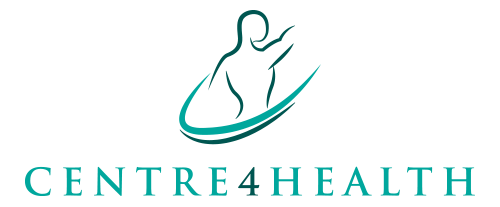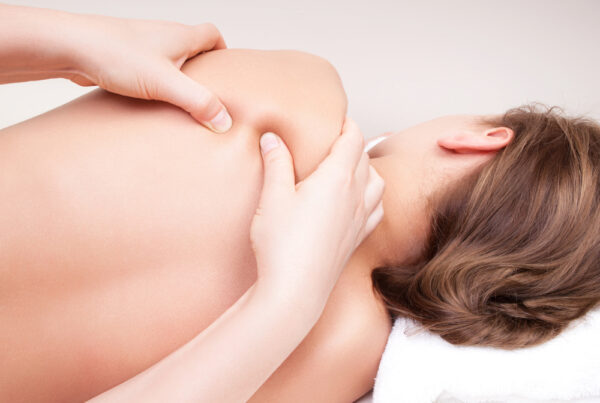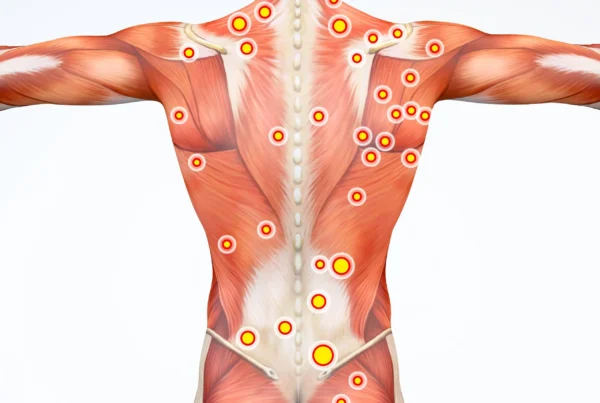Varicose veins are swollen, twisted blood vessels just under your skin. They are most common on the legs and feet. Healthy leg veins have tiny one-way valves to help blood flow up to your heart. Varicose veins happen when these valves in the veins become damaged or stop working. This causes blood to flow back down your leg and pool in your veins, stretching them.
Blood that collects in varicose veins can flow backwards into smaller blood vessels called capillaries. These enlarge and form ‘spider veins. Varicose veins are especially common in pregnancy. Visit the Pregnancy Birth and Baby page for specific information on varicose veins and pregnancy.
What are the symptoms of varicose veins?
Some people don’t notice any symptoms, other than enlarged veins.
Other people with varicose veins may have:
- Aching throbbing or burning leg pain.
- Itch, heaviness, cramping or restless legs.
- Swollen ankles.
- Darkening of the skin over your ankle.
- Itchy rash, called varicose eczema.
Symptoms may be worse at the end of the day or after standing.
Can varicose veins cause any other problems? If you have varicose veins, you could develop:
- Ulcers — when there is a lot of damage and your skin breaks down
- Bleeding from the affected vein, especially from an injury
- Thrombophlebitis — when blood clots develop and the vein becomes inflamed and painful
- If blood clots get into the deeper veins in your leg, you can develop a deep vein thrombosis. Very occasionally these clots can reach your lungs, which is very serious.
Why might I get varicose veins?
Varicose veins become more common as you get older. You are more likely to develop varicose veins if you:
- Have varicose veins in your family.
- Are obese.
- Are pregnant or going through menopause.
- Stand for long periods of time.
- Are not physically active.
- Have previously had a blood clot or a leg injury.
- How can my varicose veins be treated?
- There are several treatment options to ease your symptoms and stop varicose veins getting worse. The best option for you will depend on where your varicose veins are located and how severe they are.
Some treatment options are:
- Sclerotherapy — this involves using a thin needle to inject a chemical into your veins, which blocks them.
- Laser or ablation therapy — these treatments use heat to seal the veins.
- Surgery — this involves removing veins through cuts in your skin.
What can I do to manage varicose veins?
- Try not to stand for too long. If this can’t be avoided, try to walk around. Walking makes your leg muscles contract, which helps blood flow up to your heart.
- Get some exercise — this helps with blood flow. If you are overweight, losing weight can help.
- Your doctor might suggest you wear compression stockings. These create gentle pressure that stops blood pooling in your legs. They must be fitted professionally by someone with training in this field.
Can massage therapy help?
A massage can boost your blood flow. If done right, it can also help move some of the congested blood up and out of your varicose vein. This can help:
- Relieve pain.
- Reduce swelling.
- Help surrounding tissues get more oxygen and nutrients.
However, a massage is aa remedy. And it will help. But Varicose veins develop when the tiny valves in your veins malfunction. Since they can no longer close properly, your blood starts leaking through them and flowing back into your limbs instead of up toward the heart. So, while massage can help relieve some symptoms, it will not address the faulty valves. For this, you’ll need to seek medical treatment.
Massages aren’t strictly dangerous for varicose veins provided they’re done correctly. It’s very important to not have the area firmly massaged. Putting too much pressure on the varicose vein wall (or accidentally piercing it) can result in a danger us amount of internal or external bleeding.
Tips on how to massage yourself.
- Use gentle pressure.
- Be careful not to massage the varicose veins directly.
- Prop your feet up at or above heart level for the best results.
- Work from your ankles upward.
You can also use some essential oils.
- Lavender essential oil can help reduce pain and inflammation.
- Sea pine oil can help with swelling and oedema.
- Rosemary oil can further boost your circulation.
Do note, though, you should always test how your skin reacts to these oils beforehand. Apply a few drops on your hand and wait 15 minutes to see if there’s any irritation.
Source; https://www.healthdirect.gov.au/varicose-veins






